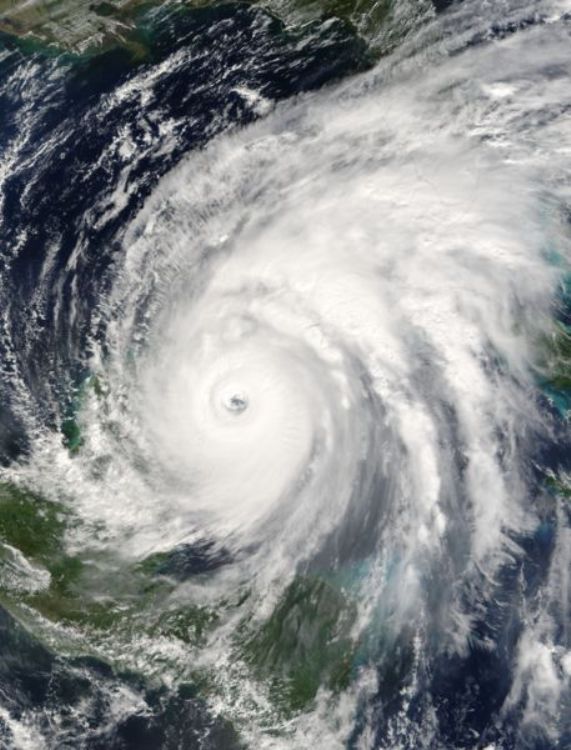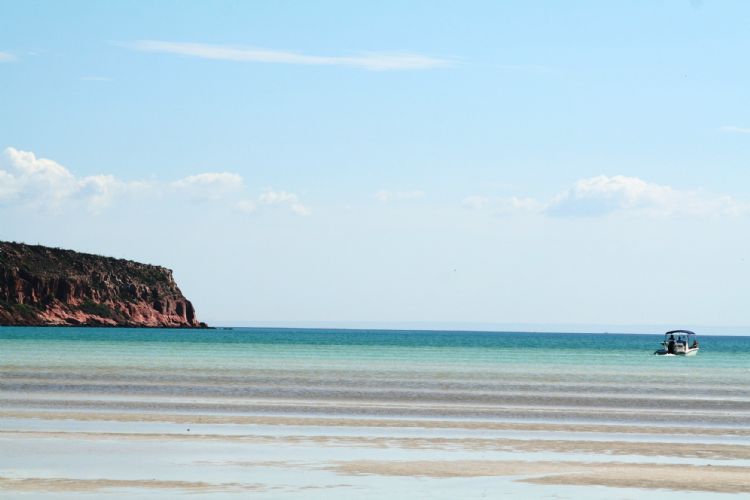
About Saltillo

Settled on July 25th, 1577 by the Spanish Captain Alberto del Canto, Saltillo is today, the capital of the northern state of Coahuila, and one of the cities with a better economic development in the Country.
At the beginning, life in "âVilla de Santiago de Saltillo"â, Spanish and Portuguese populated the area, meanwhile, some miles away, the conquerors settled a town, called San Esteban de la Nueva Tlaxcala, in 1591, where families of Tlaxcaltecan Indians established, thinking of defending themselves from the Chichimecan Indians.
During the Independence War, rebel leaders Miguel Hidalgo I. Costilla, and General Ignacio Allende arrived to the City on their way to Monclova; at that time, they named Ignacio Lopez Rayón, and José María Liceaga as leaders of the battle.
Once Mexican Independence was proclaimed, Santiago de Saltillo was officially named "âVillage"â in 1827 under the name of Leona Vicario. Only 7 years later, the new village and the tlaxcaltecan town got together and they formed what we know today as Saltillo.
Years later, the north American invasion of Mexico required the Mexican army's response, gather by General Antonio Lopez de Santa Anna in the City Main Square (Plaza de Armas), place where medical services were given to injured Mexican soldiers during battle.
The beautiful Colonial architecture still remains in the City with buildings such as Santiago Cathedral (named after the City's main saint), The Mexico Birds Museum, - Old Jesuit school-, Government Hall, and the Purcell's House, among many others, that together with modernism won't forget their most ancient customs and traditions, most of all, related to the Catholic Religion, the majority of the population's claimed religion. Proud of their colonial background, people from Saltillo work hard advancing towards modern day without fearing to lose their way, a solid moral foundation.
The weather in Satlillo is semi warm, with an average temperature of 17.5ºC. On the majority of the territory you can find plants such as "âlechuguilla"â, "âgobernadora"â and "âsotol"â, this last one used often to make creative craftwork.
The population according to the last INEGI's National Population and House Census in 2005, is of 648,929.
Today agriculture and cattle breeding is practiced around the City, mainly wheat, soy, corn; and goat, pork and sheep breeding. There is also zinc, silver, lead and gold mining activities.
As for industrial activity, it was developed in 1994, when the NAFTA was signed, and since that moment on, 16 of the 500 main world manufacturing industries have presence in the area. Among all industries, automotive (the city is the country number one car manufacturing company), food, building materials, chemistry materials, textile, food, beverages, iron melting, and electric and electronic industries stand out because of the City´s high qualified labor and high levels of productivity.
Sources:
City of Saltillo Official internet website
http://www.saltillo.gob.mx
Articles Releated with Saltillo


The War of Reform, History of Mexico
Mexicoâs War of Reform, also known as the Three Year Wa...

The Manufacturing Process of the Mexican Tequila
One of the best known products that Mexico has given to t...

The Vineyards and Wines of Mexico
During the pre-Columbian era in Mexico, Indians used grap...


Earthquakes in Mexico, The Worst Earthquakes
The earthquake of Veracruz of 1973, also known as the Ori...
Most Viewed

The Worst Earthquakes in Mexico
Since we are located in a great seismic zone of the world...


Sea of Cortez, the worldâs aquarium.
Along the Sea of Cortez, are the beaches of four Mexican ...
